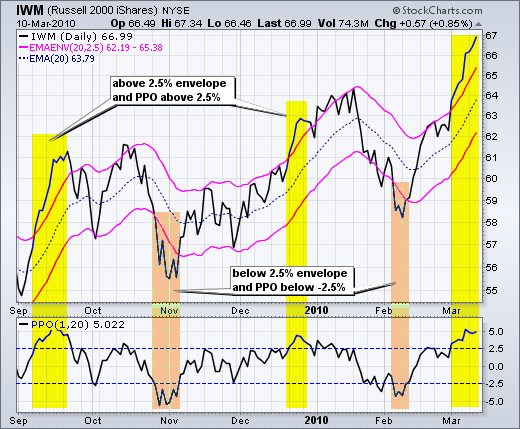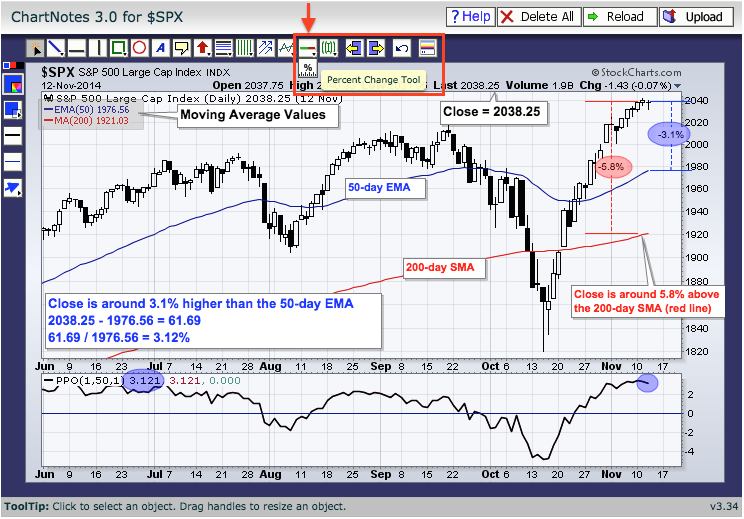Moving Averages Simple And Exponential Chartschool 2015
Post on: 24 Июнь, 2015 No Comment

3A%2F%2Fwww.tradingmarkets.com%2F?w=250 /%
Larry Connors has over 30 years in the financial markets industry. His opinions have been featured at the Wall Street Journal, Bloomberg, Dow Jones, & many others. For over 15 years, Larry Connors and now Connors Research has provided the highest-quality [Read More. ]
3A%2F%2Ffinance.yahoo.com%2F?w=250 /%
However, investors may have noticed the slight variation between the simple and exponential moving averages. The simple moving average (SMA) is the average price of a security over a specific period. For instance, the 50-day moving average is calculated by [Read More. ]
3A%2F%2Fwww.investing.com%2F?w=250 /%
Gain access to a detailed technical analysis through moving averages buy/sell signals (simple and exponential for 5,10,20,50,100 and 200 periods) and common chart indicators (RSI, Stochastics, StochRSI, MACD, ADX, CCI, ROC, Williams %R, Ultimate and more [Read More. ]
3A%2F%2Fwww.investopedia.com%2F?w=250 /%
You will often hear about three types of moving average: simple, exponential and linear. The best place to start is by understanding the most basic: the simple moving average (SMA). Let’s take a look at this indicator and how it can help traders follow [Read More. ]
3A%2F%2Fstockcharts.com%2F?w=250 /%
Exponential moving averages reduce the lag by applying more weight to recent prices. The weighting applied to the most recent price depends on the number of periods [Read More. ]
3A%2F%2Fen.wikipedia.org%2F?w=250 /%
In financial applications a simple moving average (SMA) is the unweighted mean of the previous n data. However, in science and engineering the mean is normally taken [Read More. ]
3A%2F%2Fdaytrading.about.com%2F?w=250 /%
Description of simple, exponential, and weighted moving averages, including definitions, calculations, and their basic use in trading. [Read More. ]
3A%2F%2Fwww.informedtrades.com%2F?w=250 /%
The simple moving average is the most basic of the moving averages and is calculated by taking the past x number of points averaging them, and then plotting the [Read More. ]
3A%2F%2Fwww.investopedia.com%2F?w=250 /%
Moving averages are more than the study of a sequence of numbers in successive order. Early practitioners of time series analysis were actually more concerned with [Read More. ]
3A%2F%2Fwww.tradestation.com%2F?w=250 /%
Summary. The moving average may be the most universal of all technical analysis indicators. While it is tempting to dismiss the moving average as antiquated its [Read More. ]
3A%2F%2Fstockcharts.com%2F?w=250 /%
Exponential moving averages reduce the lag by applying more weight to recent prices. The weighting applied to the most recent price depends on the number of periods [Read More. ]
3A%2F%2Fen.wikipedia.org%2F?w=250 /%
In financial applications a simple moving average (SMA) is the unweighted mean of the previous n data. However, in science and engineering the mean is normally taken [Read More. ]
3A%2F%2Fdaytrading.about.com%2F?w=250 /%

Description of simple, exponential, and weighted moving averages, including definitions, calculations, and their basic use in trading. [Read More. ]
3A%2F%2Fwww.informedtrades.com%2F?w=250 /%
The simple moving average is the most basic of the moving averages and is calculated by taking the past x number of points averaging them, and then plotting the [Read More. ]
3A%2F%2Fwww.investopedia.com%2F?w=250 /%
Moving averages are more than the study of a sequence of numbers in successive order. Early practitioners of time series analysis were actually more concerned with [Read More. ]
3A%2F%2Fwww.tradestation.com%2F?w=250 /%
Summary. The moving average may be the most universal of all technical analysis indicators. While it is tempting to dismiss the moving average as antiquated its [Read More. ]














